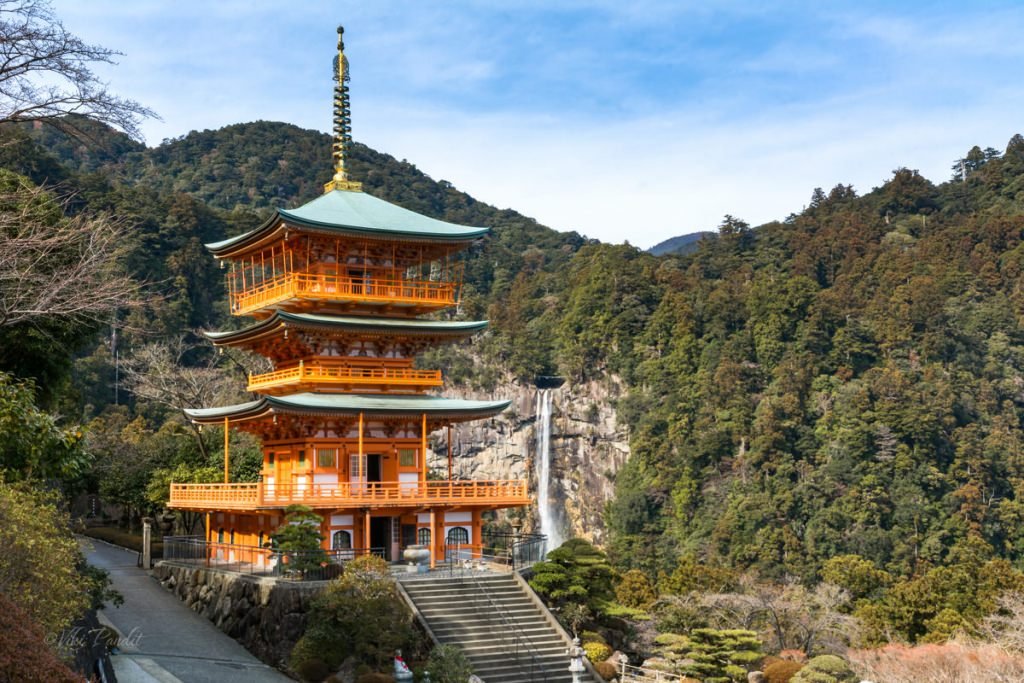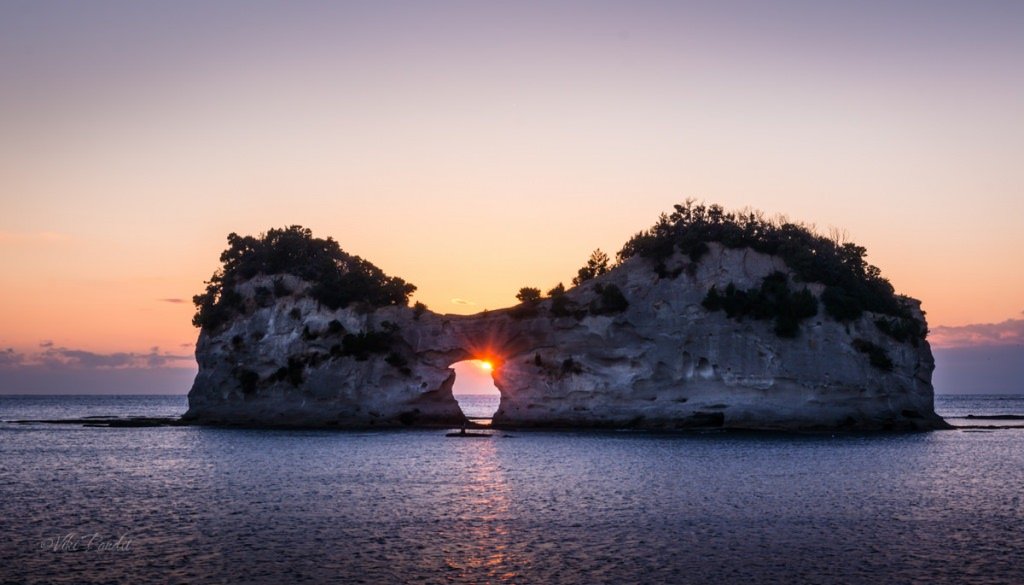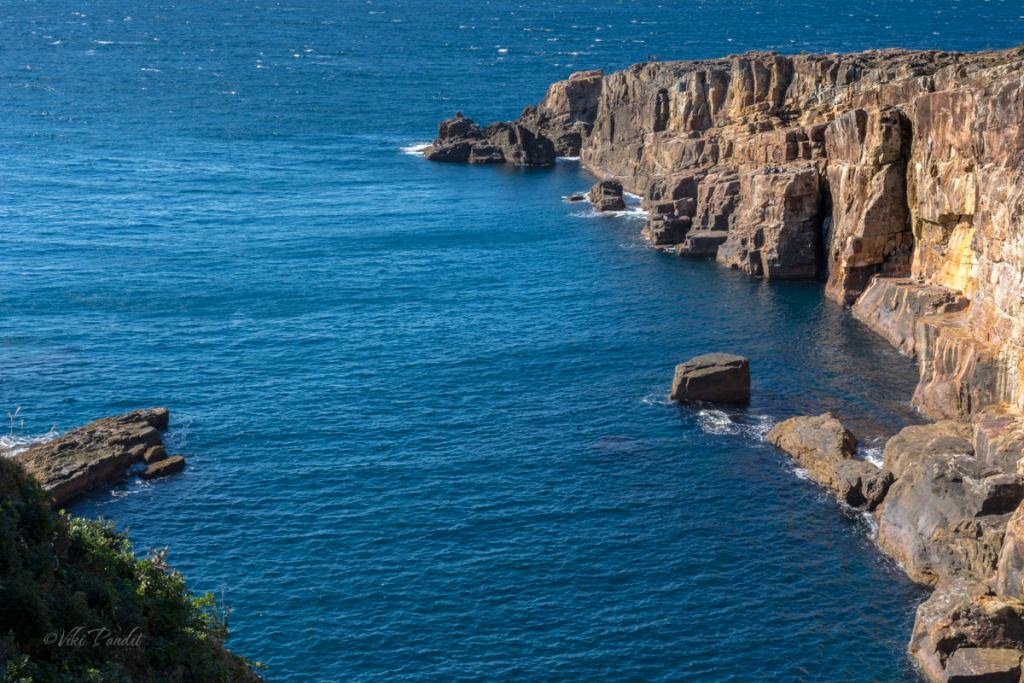

Hike to Nachi Falls
I hike to the incredible cliff-diving Nachi Waterfall to witness its wild beauty. The Sanjūdō Pagoda in front of the falls creates one of the most beautiful scenes in Japan. The tall waterfall boasts the longest drop in Japan. One can drink the flowing spring water, supposed to have healing abilities, from the falls at the Shrine directly below.


